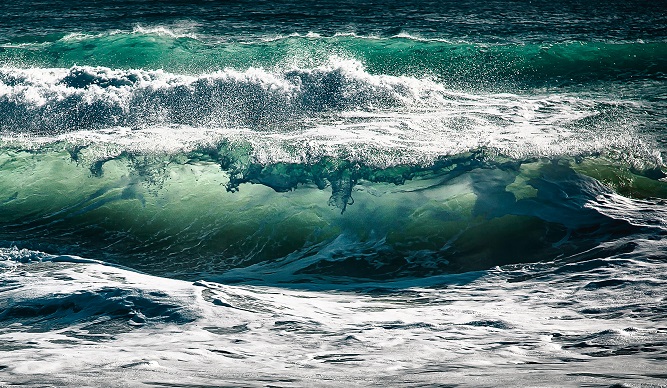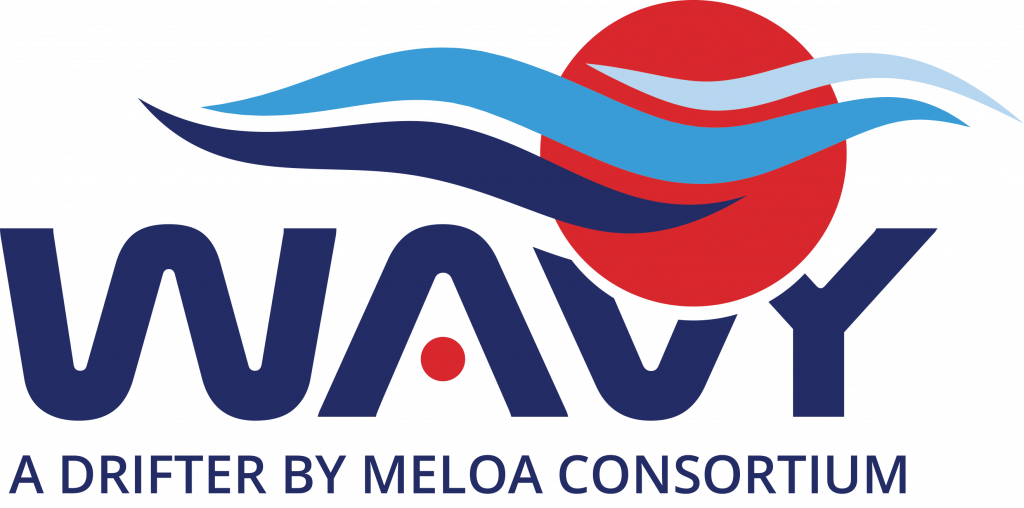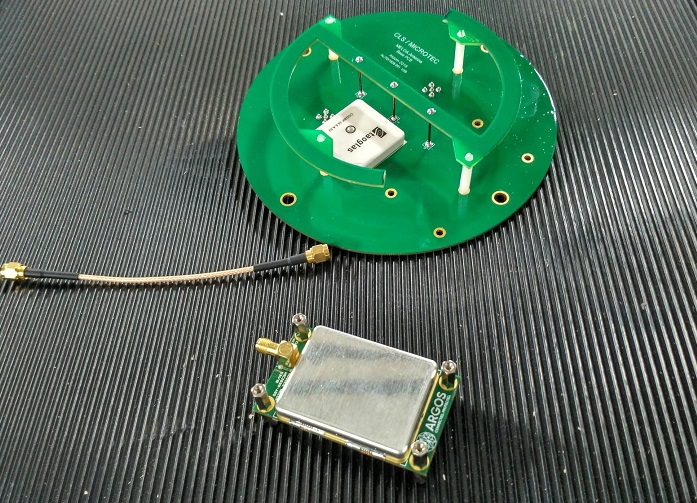MELOA: Revolutionary new generation of ocean buoys
- September 17, 2019
- Category: Event, Flash info

Running from December 2017 to February 2021, MELOA (Multi-purpose/Multi-sensor Extra Light Oceanography Apparatus) is a H2020 project that is developing an innovative family of products, WAVY drifter units, allowing for a low-cost, easily deployable, high versatility, and low maintenance system for in-situ measurements for marine environments. At OceanObs19, CLS will present a poster on this innovative project on behalf of the MELOA consortium. Stop by Booth #306C for more information on this revolutionary new ocean buoy.
A new generation of drifting buoys
MELOA offers a solution to extend and improve the current in situ ocean observing and monitoring systems, in the form of WAVY drifter’s devices. The low-cost, sturdy and multi-purpose surface drifters are a new generation of sustainable platforms, easy to embed in different types of marine observation systems.
 Focused on covering marine observation gaps, the WAVYs will increase the availability of in-situ data for coastal and open ocean zones. The MELOA project is developing the first prototypes for the different WAVY units configurations, and engaging with the marine community to test them in different marine environments, collecting and making available the data from the test campaigns and building, on top of this data, the first products and services to showcase the usefulness of the WAVY data.
Focused on covering marine observation gaps, the WAVYs will increase the availability of in-situ data for coastal and open ocean zones. The MELOA project is developing the first prototypes for the different WAVY units configurations, and engaging with the marine community to test them in different marine environments, collecting and making available the data from the test campaigns and building, on top of this data, the first products and services to showcase the usefulness of the WAVY data.
An international consortium
MELOA Consortium is composed of 10 European entities working in close collaboration with the marine communities to develop solutions that will enable to tackle some societal challenges, namely those related in situ data collection for marine monitoring.

Main attributes
- Small sized, making the WAVY very easy-to-handle
- Optimized buoyancy, reducing the WAVY vulnerability to direct wind effect
- Minimized pendular motion, facilitating the WAVY position detection
The WAVY family will range from small drifters (12cm diameter) suitable for beach and surf zone studies, to somewhat larger drifters tailored for coastal and long-term open ocean observations (20cm diameter).
The drifters are currently under assessment and development, as such they are subject to further evolution.
CLS role in the project
CLS is a key partner of the project, bringing over 30 years of international collaboration with in-situ observation networks to the table. As unique provider of Argos services for scientific and environmental applications, CLS provides telemetry services for the satellite-connected WAVY buoys, and also works closely with buoy manufacturers to contribute to buoy design.
Argos satellite telemetry for open ocean observations

Within this project, CLS will develop a unique modem (Argos Transceiver) based on the Artic chipset to optimize Argos telemetry communications for remote ocean observations. The new Argos Transceiver will provide a low-energy consumption and low-cost solution for connecting assets at sea. The Artic chipset will contribute with the latest Argos functionalities, as using the downlink for satellite pass prediction and Argos-4 HighData rate transfer for a big packet of data like Waves Spectra information.
Ocean data processing
With a long experience in data processing for ocean applications, CLS will process the data collected by WAVY buoys and deliver it through the MELOA Geoportal as open data to the board of scientists involved in the project, but also to operational ocean and weather community. The data and products generated will also be made available on the MELOA Data Catalogue (geoportal.ec-meloa.eu/catalogue).
Data calibration and validation
As a world leader in altimetry data processing, CLS collaborates with ocean observing networks (such as ARGO) in order to validate & calibrate in-situ measurements with space-based observations. Within the WAVY project, CLS will capitalize on its altimetry expertise as well as its internationally recognized satellite-aperture radar (SAR) know-how to cross calibrate in-situ wave and current measurements with satellite-based altimetry and radar observations.
Learn more about the project
Project partners
https://www.ec-meloa.eu/pages/the-consortium
About CLS
For the past 30 years, CLS has provided high quality satellite-based services to support operational oceanography and climate studies. Today we provide one-stop shopping for both Argos and Iridium air time services, as well as integrated metocean solutions.

